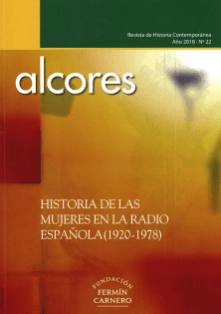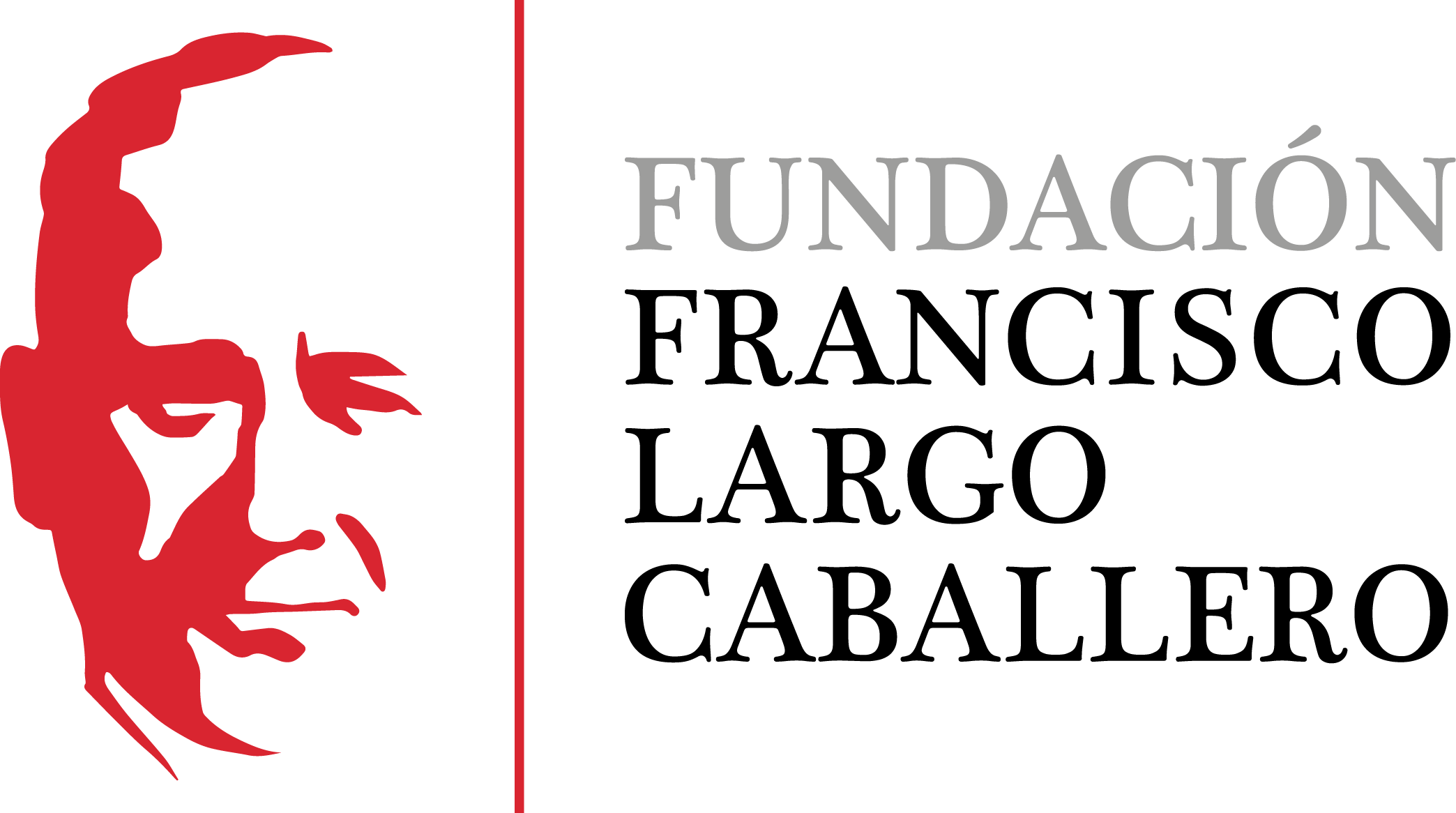The Elena Francis’ women radio show. Religious speech as an instrument for the control of the behaviour female
DOI:
https://doi.org/10.69791/rahc.45Keywords:
History of Radio, History of Franco regime, Women radio show, Elena Francis, Catholic Church in the Franco regimeAbstract
With the analysis of the narrative and expressive characteristics in the Elena Francis’ women radio show (1950-1984) we can understand, behind the commercial success of this talk radio show among the women, the doctrinal and propaganda aim of this character for the Franco regime. The accidental finding of the more than one million letters in 2005 confirms the impact of the character in behaviour of millions women, and help us to compose a sociocultural portrait of the Spanish woman, mainly in the 1950s and 1960s: the Francis Woman as an archetype of the woman of a working class in the birth of the mass consumer society in Spain. This paper is about the doctrinal and religious dimension, content analysis of a sample of letters located in the Baix Llobregat Regional Archives, in Sant Feliu de Llobregat (Barcelona). These are the post letters, not radio mail letters. These letters were written by hundreds of thousands of women, in post connection with Elena Francis, in help, solution and comforting request, for a romantic and all kinds of troubles. Key words: History of Radio, History of Franco regime, Women radio show, Elena Francis, Catholic Church in the Franco regime.
Downloads
Global Statistics ℹ️
|
84
Views
|
21
Downloads
|
|
105
Total
|
|
Downloads
Published
How to Cite
Issue
Section
License
Copyright (c) 2019 Armando Balsebre, Rosario Fontova

This work is licensed under a Creative Commons Attribution 4.0 International License.
Alcores is an open-access journal. It provides unrestricted access to its content from the moment of publication. We respect intellectual property rights, and for this reason, the author retains the copyright. All content is distributed under a Creative Commons Attribution 4.0 International (CC BY 4.0) license. The terms of the license can be consulted at: https://creativecommons.org/licenses/by/4.0/
This license allows sharing (copying and redistributing the material in any medium or format) and adapting (remixing, transforming, and building upon the material for any purpose), provided that authorship and first publication in this journal are properly credited, a link to the license is included, and any changes made are indicated.
This type of license facilitates the freedom of reuse and ensures that the content of this journal can be used to meet research needs.





